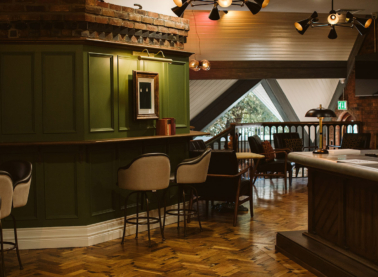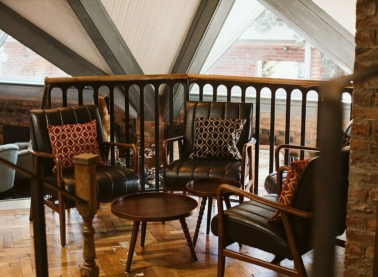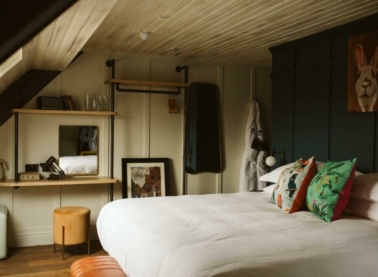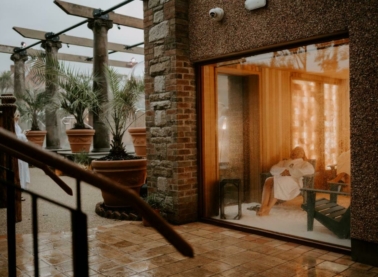<script type="text/javascript"> _linkedin_partner_id = "6415570"; window._linkedin_data_partner_ids = window._linkedin_data_partner_ids || []; window._linkedin_data_partner_ids.push(_linkedin_partner_id); </script><script type="text/javascript"> (function(l) { if (!l){window.lintrk = function(a,b){window.lintrk.q.push([a,b])}; window.lintrk.q=[]} var s = document.getElementsByTagName("script")[0]; var b = document.createElement("script"); b.type = "text/javascript";b.async = true; b.src = "https://snap.licdn.com/li.lms-analytics/insight.min.js"; s.parentNode.insertBefore(b, s);})(window.lintrk); </script> <noscript> <img height="1" width="1" style="display:none;" alt="" src="
×
The Rabbit Hotel sits on the grounds of the former Templeton Hotel. The site, which was bought by the Galgorm Collection, has undergone a £10 million investment. The refurbishment includes extensive work to upgrade the hotel’s 24 guest rooms, two new bedroom wing extensions and a new outdoor spa offering.
IN2 were appointed to review and propose a strategy for a new Energy Centre and site infrastructure for the refurbished site. The energy centre design put forward by IN2 provided provisions for the existing hotel site, as well as a new build spa and hotel bedroom wing extension. Thermal Analysis was also undertaken of the existing hotel, Spa and future bedroom blocks to enable design of a remote packaged Energy Centre and site infrastructure.
This included a review of the existing energy generation within the hotel and spa, as well as testing and reviewing maximum demands to inform our strategy. From this review we evaluated each energy option available, while also considering the needs and performance of the hotel and spa. Our assessment was carried out using dynamic thermal modelling software of the existing building and the new build extensions to the hotel and spa. This allowed our team to have a coherent analysis to further inform our strategy.
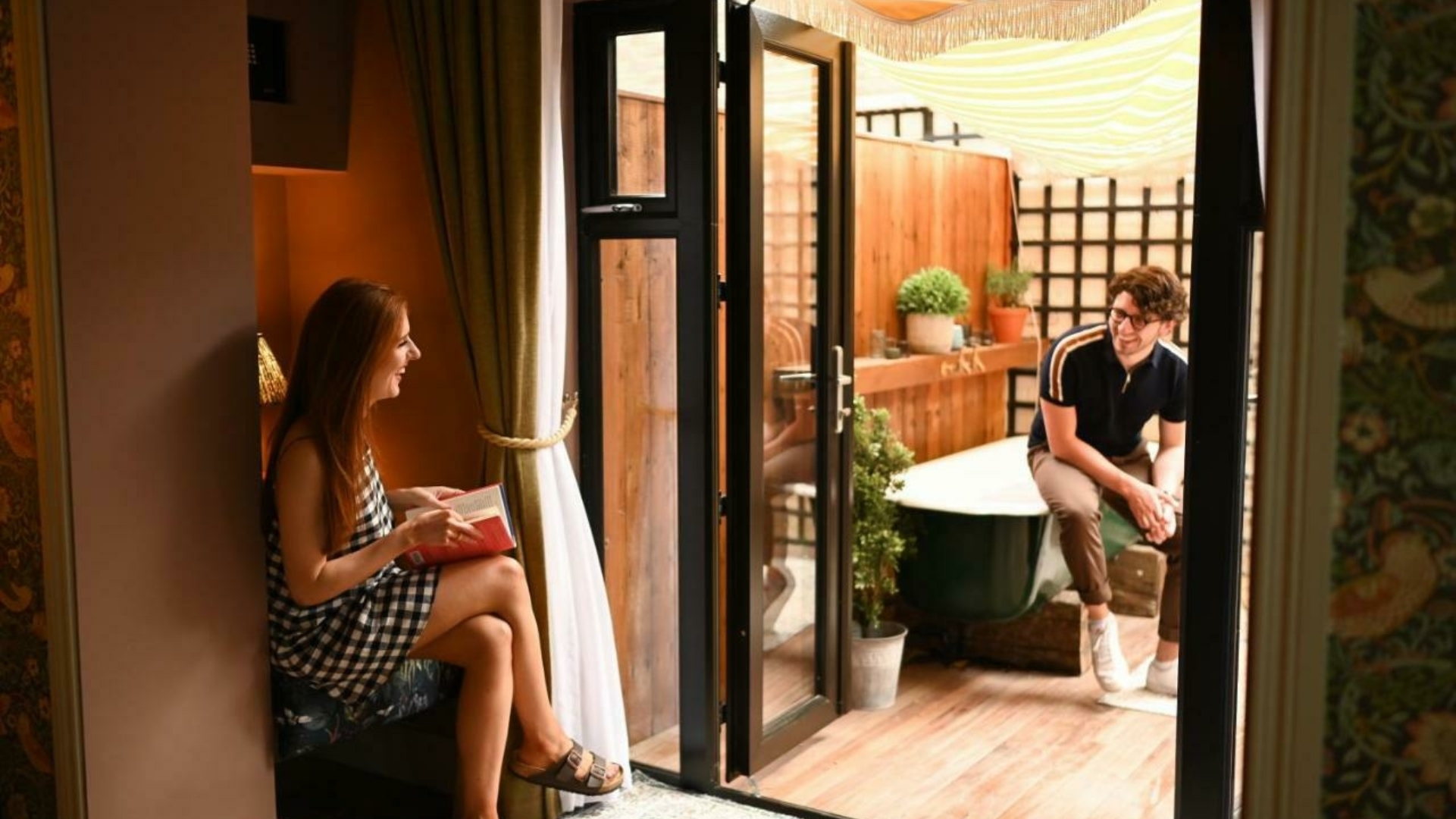

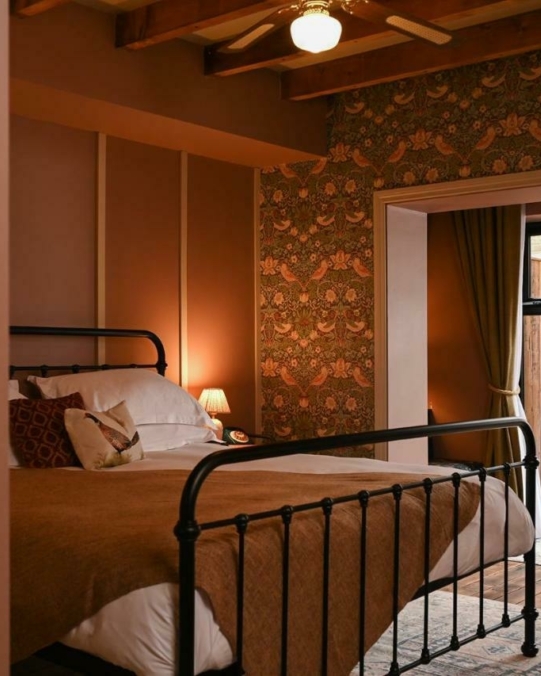

IN2’s energy strategy included air to water heat pumps. This solution reduces CO2 emissions up to 65%. Air Source Heat Pump systems are proposed to provide heating and hot water while reducing carbon emissions. This also futureproofs the design as the industry moves towards zero carbon and limiting the use of fossil fuels.
